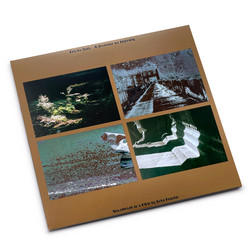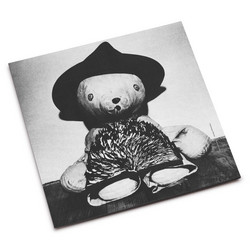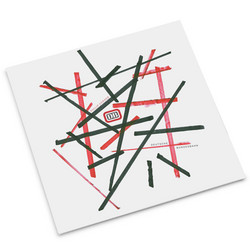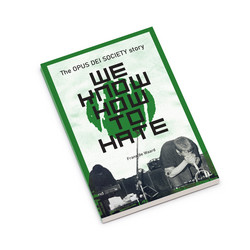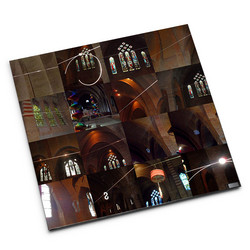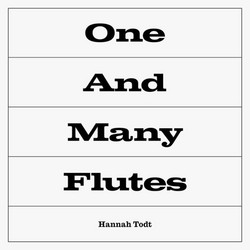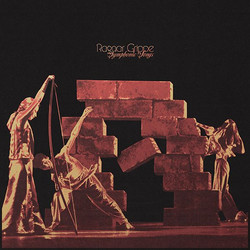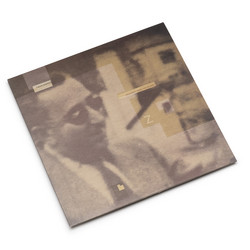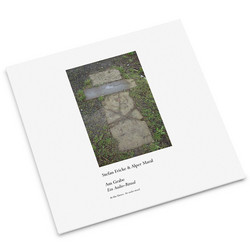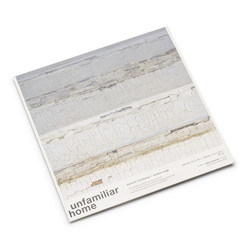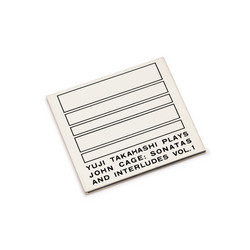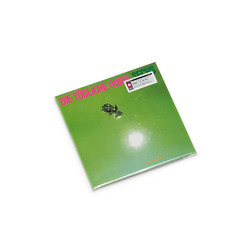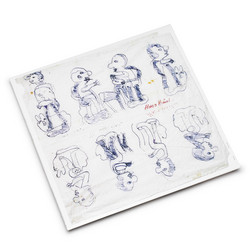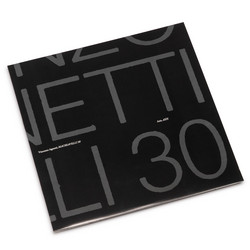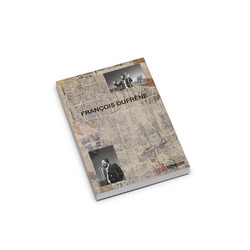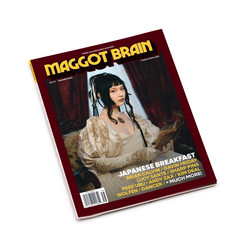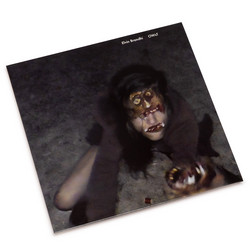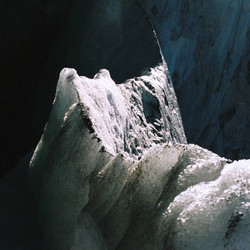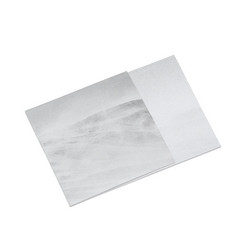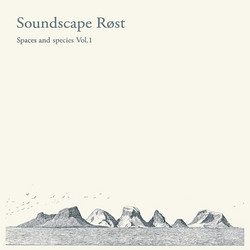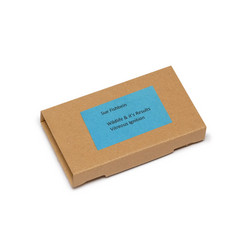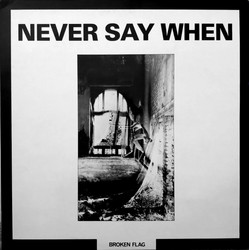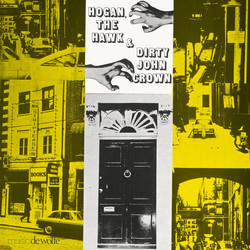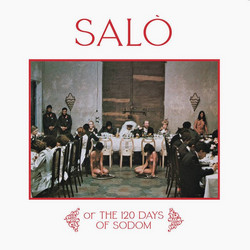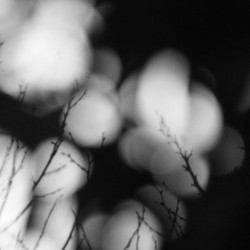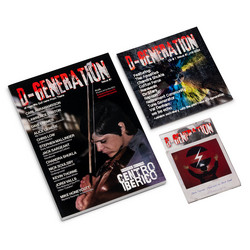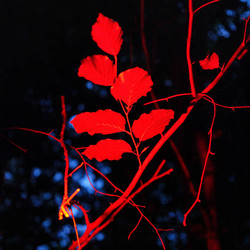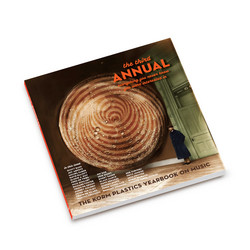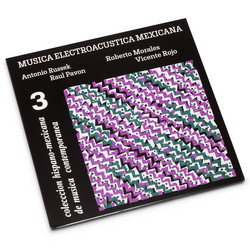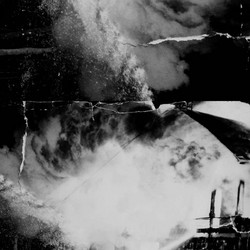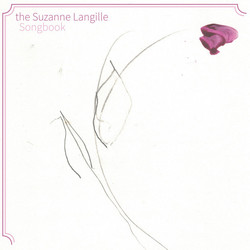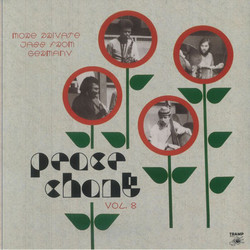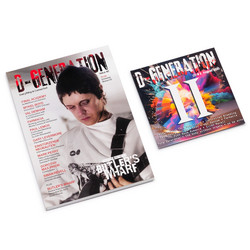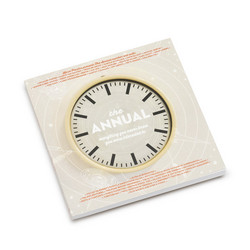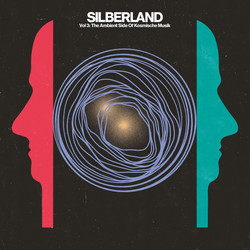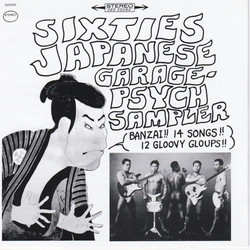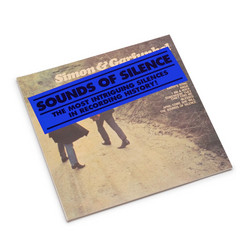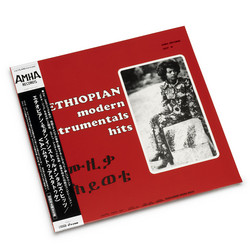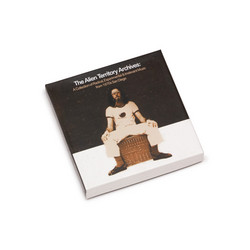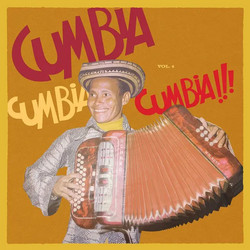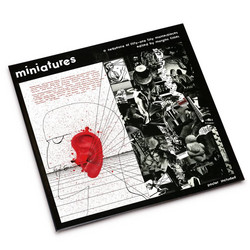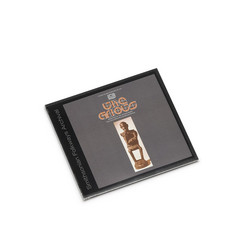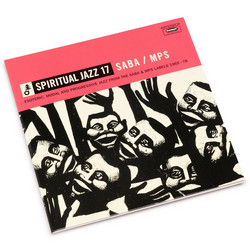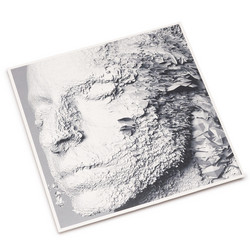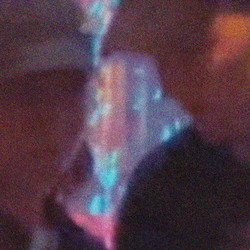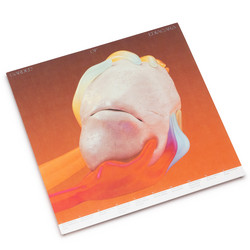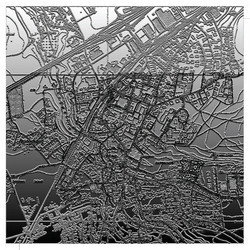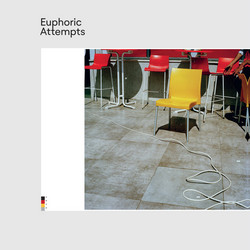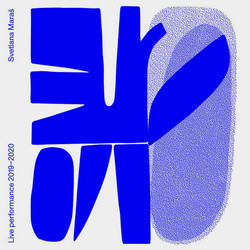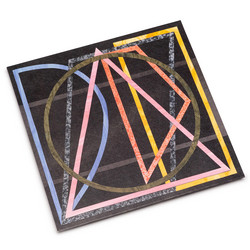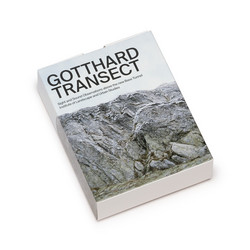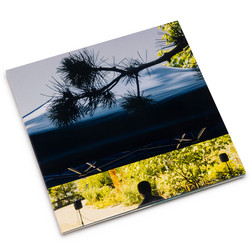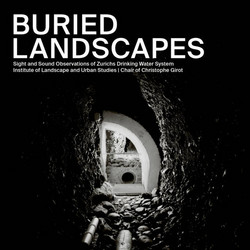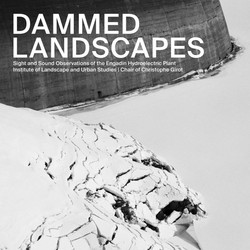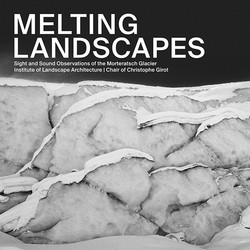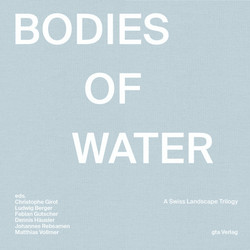Ludwig Berger, Institute of Landscape Architecture, Various
Sonic Topologies / Gotthard Transect / Garden of Ediacara (3LP + 2Tapes in bundle)
Label: Institute of Landscape Architecture, -ous
Format: 3LP + 2Tapes in bundle
Genre: Sound Art
Out of stock
This bundle includes the following items:
- Institute of Landscape and Urban Studies - Sonic Topologies (2LP, clear vinyl)
- Institute of Landscape and Urban Studies - Gotthard Transect (2Tape in special box)
- Ludwig Berger - Garden of Ediacara (LP)
Institute of Landscape and Urban Studies - Sonic Topologies (2LP, clear vinyl)
"How many ways are there to listen to a place? “Sonic Topologies” presents a wide range of sonic research in Zurich’s urban landscape—underground and above ground, underwater and on the water. The project explores the sounds and acoustics of an empty reservoir, a botanical garden, a thermal bath, and a lake. In June 2022, thirty sound artists, architects and researchers developed concerts, talks, walks and workshops for these places. Their contributions reveal hidden and overlooked sounds and voices; the artists and scientists make spaces vibrate, shift their contexts, and connect them to distant locations and times; they enable encounters across species and disciplinary boundaries. With its manifold methods and instruments, the project not only reveals different aspects and potentials of the sites, but also offers a versatile toolbox for sonic landscape research which we compiled in the form of a glossary of texts and photographs, as well as two vinyl records.
The first LP opens with acoustic stimulations of the empty reservoir chambers. Long reverberating vocal improvisations by Christian Zehnder and Saadet Türköz are followed by resonant instrumental pieces for horn and electronics by Canadian duo Reimer & Stein and Tomoko Sauvage's water bowls. The following pieces activate the Käferberg thermal bath with speakers both in and above water. A synthesizer composition by architect and composer Li Tavor makes the different speeds of sound audible, while Perila's ambient piece immerses us in an intimate world of vocal and harmonic waves.
The second LP introduces the fauna and flora of the botanical garden: A chronological montage by sound anthropologist Patricia Jäggi traces the morning birds in spring. Laser recordings of the biologists Juan López & Rok Śturm reveal the hidden vibrational world of summer insects. An electronic piece by Banu Çiçek Tülü tells us the history of botanical plants. The five digital bonus tracks explore further the different layers of the garden as well as its surroundings. The record closes with live performances on the lake: Fabian Gutscher rows a boat with underwater piano wires, and Emaille & Sartorius play a drum duo on two moving boats, disappearing into the acoustic horizon of the lake. Sound exercises by the duo Frei & Koch at the end of each side invite the listeners to explore their own environment and dimensions of listening." - Ludwig Berger
Institute of Landscape and Urban Studies - Gotthard Transect (2Tape in special box)
The Gotthard is associated with a variety of stories and myths. The passage over the range developed from a mule track in the 13th century to an important road in the 19th century. The first railway line over the Gotthard opened in 1882 – it included the longest railway tunnel in the world at the time. The bridges and galleries soon became known landmarks of Switzerland. Now, as then, the Gotthard is a central link between major political, economic and cultural centers. Now as before, the interplay between imposing alpine summits and the most modern transport infrastructures nourishes the Swiss identity with strong symbolism.
The album Gotthard Transect is the result of a seminar at the Chair of Landscape Architecture of Christophe Girot at ETH Zurich. Applying the transect method, students recorded and collected acoustic and visual samples along a predefined line through the landscape. The footage is divided into four sections, each corresponding to a stage in the crossing over the range. They are reflecting the physical proximity of the students to the alpine landscape. The word Transect, derived from Latin trans (through) and secare (cut), also relates to the Gotthard Base Tunnel that opened in 2016, and is currently the longest railway tunnel in the world. The subtitle "Sight and Sound Observations above the new Base Tunnel" refers to the journey following the tunnel as closely as possible on the alpine terrain. While the landscape disappears for the travelers when they enter the darkness of the tunnel, evidence of the tunnel along the walking path remains mostly hidden. The only exception is a ventilation shaft, which for once brings sounds from the depths to the surface.
Ludwig Berger is a landscape sound artist, musician and educator. In his compositions, installations and performances, he enables intimate and playful sonic encounters with plants, animals, buildings and geological entities. In his musical work, Berger produces sonic eco-fictions with processed and synthetic sounds. He studied electroacoustic composition at the University of Music Weimar and Musicology, Art History and Literature at the University of Eichstätt. As a sound researcher and teacher at the Institute for Landscape Architecture at ETH Zurich from 2015-2022, Berger studied the sonic dimension of Japanese gardens, alpine glaciers and urban landscapes. He has composed sound and music for award-winning films and theatre pieces and curates the landscape sound festival Sonic Topologies in Zurich and the experimental music label Vertical Music.
"Ludwig Berger is breaking the interspecies sound barrier" (Electronic Sound)
"Ludwig Berger is leading the way with his field recording work in so many ways.” (Harry Sumner, Sonospace)
"A musique concrete magician” (Gray Lee, Houdini Maison)
“The professor has a lot to teach, and brings a childlike wonder to his adult pursuits.” (R. Allen, A Closer Listen)
"Berger seems to find unusual pleasure in fairly dull source material” (Daniel Hignell Tully, Toneshift.net)
Ludwig Berger - Garden of Ediacara (LP)
«Music is a form of world building. I love to develop sonic characters and set them into fictional ecosystems with unique textures, acoustics and atmospheres. Each song forms a different landscape, through which a vocal character guides us and tries to tell us its stories.» Ludwig Berger’s ‘fictional’ debut album «Garden Ediacara» unfolds as a musical eco-fiction, guiding listeners through a speculative ecosystem with synthesized vocals. Infused with storytelling techniques from sci-fi and fantasy, the album intertwines melodic songwriting with electroacoustic sound design. Inspired by hydrofeminism and eco-fiction novels, such as «A Door Into Ocean» by Joan Slonczewski, the album delves into the geological period of Ediacara around 600 million years ago — an era so remote it resonates as a glimpse into a possible future. The Ediacaran period was characterised by a peaceful and thriving ecosystem inhabited by soft-bodied creatures without eyes and bones, which were completely wiped out through the appearance of a new species. «Garden of Ediacara» alludes to this period, celebrating both the pleasures of biodiversity as well as mourning its inevitable loss. The narrative unfolds as an exploration of growth and interconnection in the shadow of a coming extinction. The track titles, written by Daisy Lafarge, reveal themselves as a cohesive poem and contribute to the album’s narrative.
Informed by his practice of field recording that focusses on intimate encounters with plants, animals and geological phenomena, as well as his studies in electroacoustic composition, Berger expands his palette for his debut in ‘fictional’ music. The album prominently features a post-human, non-binary death metal voice synthesizer, physical modeling instruments, and microscopic field recordings of plants, insects, as well as aquatic and geological life. With impressionistic strokes, Ludwig Berger crafts vibrant worlds using glassy timbres and more-than-human voices, guiding listeners through emotionally ambiguous terrain, seamlessly oscillating between moments of intimacy and irritation, melancholy and playfulness.
